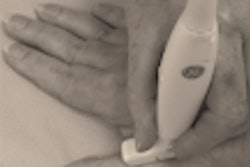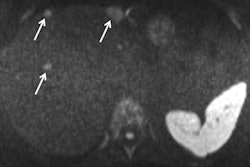
MRI has been the main modality for musculoskeletal (MSK) imaging research in recent years, but the applications of ultrasound are covered in many of the abstracts for the ECR 2020 meeting in July. Artificial intelligence (AI) and 3D printing are also set to play a major future role in this field, noted MSK Section Chairperson Dr. Anagha Parkar.
In an overview of trends in MSK radiology papers to be presented at ECR 2020, Parkar, a radiologist at Haraldsplass Deaconess Hospital and the University of Bergen in Norway, said that the growing presence of ultrasound reflects the general shift in radiology practice in which MSK radiologists are more "hands-on" and actively involved in patient communication and treatment.
 Dr. Anagha Parkar from Bergen, Norway. Image courtesy of ESR.
Dr. Anagha Parkar from Bergen, Norway. Image courtesy of ESR.She also highlighted cutting-edge research in AI, a field that is moving steadily from "techno-optimism" towards "techno reality."
"[Ultrasound] is often considered not as reliable as other modalities, due to interoperator variability," she wrote in an editorial published online on 16 May in European Radiology. "The capability of AI assisting in [ultrasound] and reducing this variability holds great promise for the future."
She also acknowledged other research trends, including the imaging of sarcopenia and the use of dual-energy CT in MSK applications. Although the musculoskeletal presentations at ECR 2020 are varied and cover a wide variety of fields, 4D CT is not sufficiently represented.
"Dynamic CT imaging is a very exciting area, which when performed correctly, yields images with great anatomic detail as well as function," wrote Parkar, who is an active founding member of the Editorial Advisory Board of AuntMinnieEurope.com. "4D CT will for sure become a standard for all complicated fractures and joint pathology in the future, especially the possibility of combining with 3D printing, will strongly influence orthopedic treatment and surgery in the years to come."



















